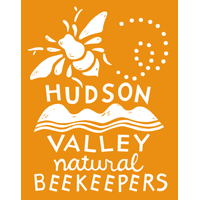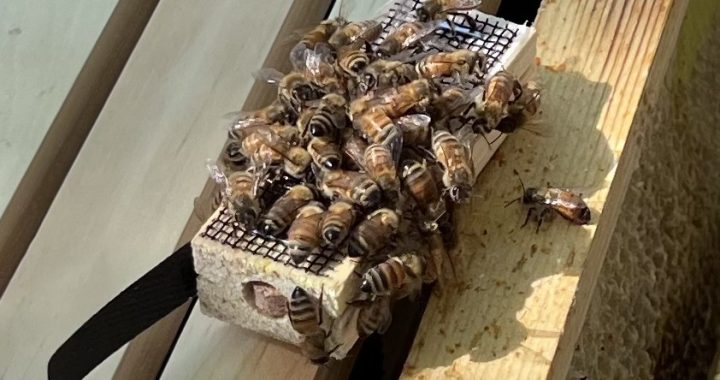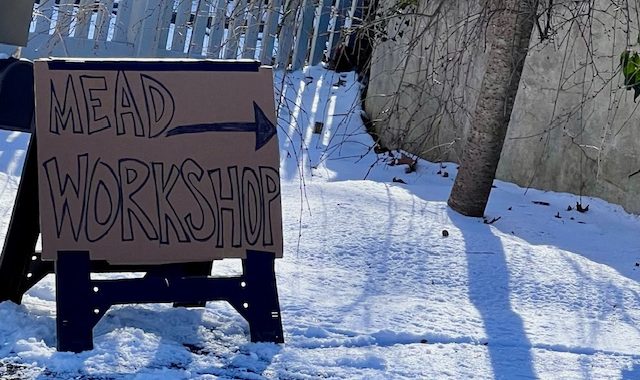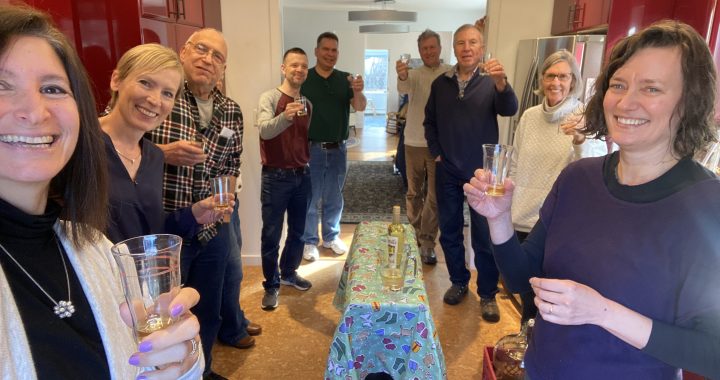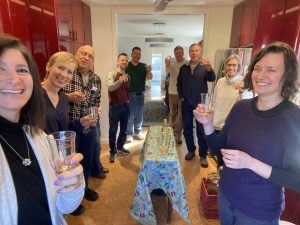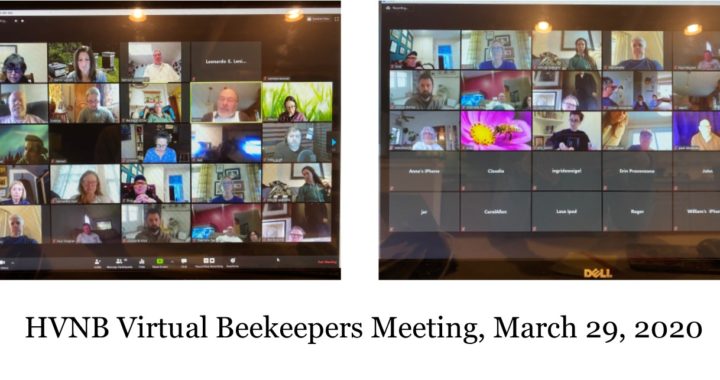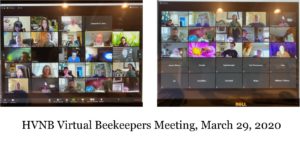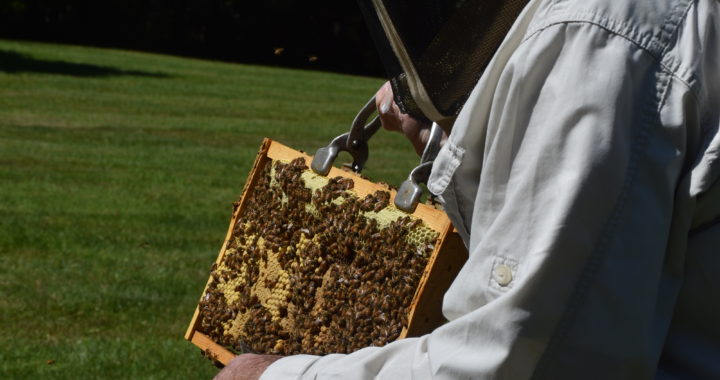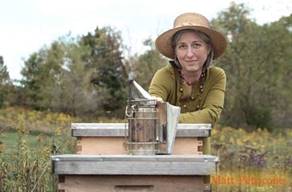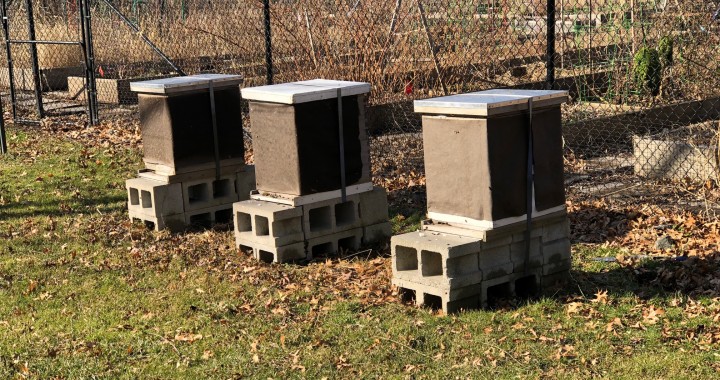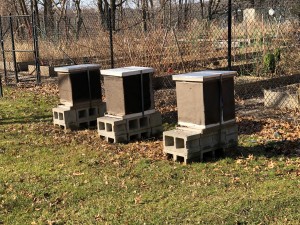Thanks to everyone who took part in our survey!
The next meeting in February 2024 will take place online and will be dedicated to the topics of emergency feeding and the bee calendar/ planning your 2024 bee season as a collaborative digital workshop.
We will comply with the request not to hold the upcoming meeting in February on a weekend in order to reach as many of you as possible.
By the way, there are several volunteers who can imagine mentoring “newbees”. Please “newbees” and mentors, get in touch with us and we will connect you.
Another pleasing point is that, according to the survey, we have a very balanced ratio of women to men. More information in our next newsletter (sign up here for the newsletter).
Enclosed is a survey for the topic of the next March meeting – what would you like to discuss in March – you can vote for it.
Link to survey: What are you up to in March 2024?
Thanks for your input!
